Japanese Cherry Tree
- September 22, 2023
- 0 comment
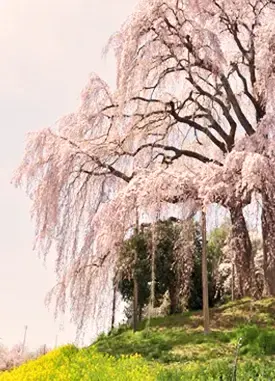
- Common Name: Japanese Cherry Tree
- Botanical Name: Prunus serrulata
- Family: Rosaceae
- Plant Type: Deciduous tree
Lumber
The wood of the Japanese Cherry Tree, also known as Sakura in Japan, is used for various woodworking purposes. It is highly prized for its fine grain and beautiful reddish-brown color. However, it is not a primary source of lumber due to the relatively small size of the trees and the cultural significance they hold in Japan.
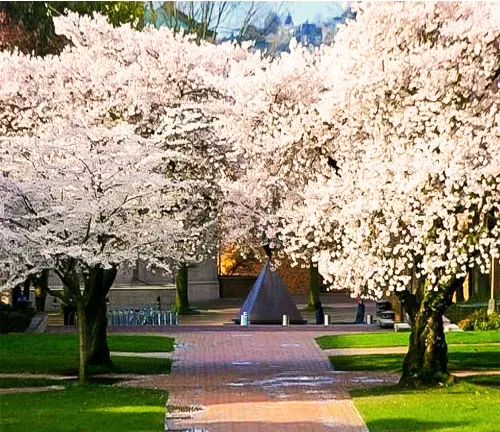
Mature Size and Growth Rate
Japanese Cherry Trees typically reach a height of 20 to 40 feet (6 to 12 meters) with a similar spread. Their growth rate is moderate, with most varieties gaining around 1 to 2 feet (30 to 60 centimeters) in height per year.
Soil Type
These trees prefer well-drained, slightly acidic soils. They can tolerate a range of soil types but thrive in loamy, fertile soils.

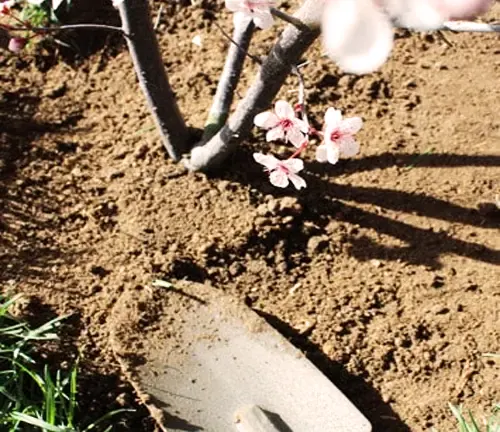
Soil Preferences
Japanese Cherry Trees prefer slightly acidic soils with a pH level between 5.5 and 6.5. Amending the soil with organic matter can improve its fertility and moisture-retention properties.
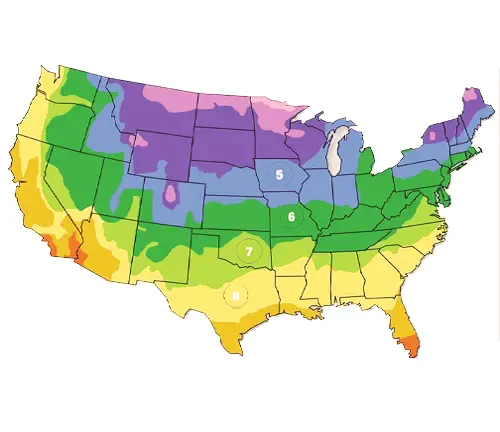
Hardiness Zone
Japanese Cherry Trees are hardy in USDA zones 5 to 8, making them suitable for a wide range of temperate climates.
Sun Preference
These trees prefer full sun, but they can tolerate partial shade, especially in hot climates.
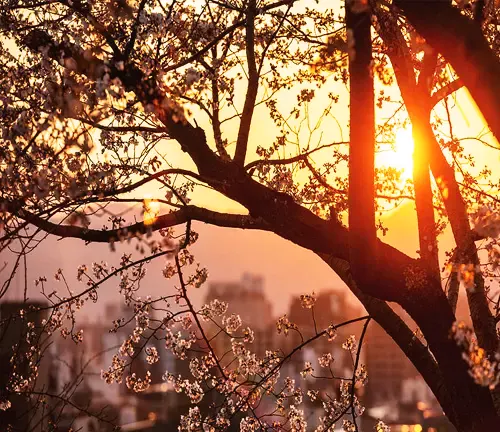
Attributes and Characteristics
Japanese Cherry Trees are renowned for their stunning springtime display of fragrant, pink or white blossoms. The flowers are typically five-petaled and appear in clusters, creating a breathtaking spectacle. The leaves are oval-shaped with serrated edges and turn orange to bronze in the fall. In winter, the tree’s attractive, mottled bark adds visual interest to the landscape.
Wildlife Value
Japanese Cherry Trees provide nectar and pollen for bees, butterflies, and other pollinators. Birds are also attracted to the fruits that follow the flowers, although these are not as prominent as those of other fruit-bearing trees.
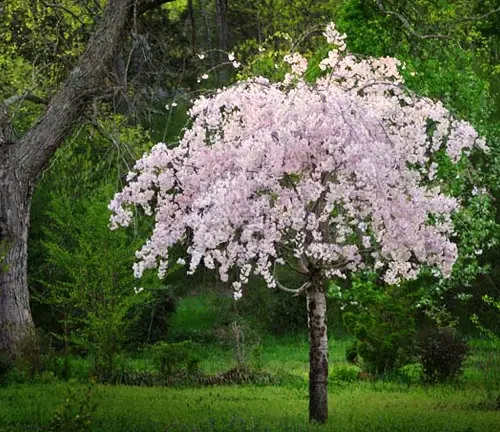
Care
These trees require regular watering, especially during dry spells, to establish their root system. Pruning should be done in late winter or early spring to shape the tree and remove dead or diseased branches. Mulching around the base helps maintain soil moisture and keeps the roots cool.
Benefits
Japanese Cherry Trees are primarily grown for their aesthetic appeal. They are cherished for their iconic spring blossoms, which are a symbol of renewal and the fleeting beauty of life in Japanese culture. Additionally, these trees can provide shade and enhance the beauty of gardens and landscapes.
Invasive
Japanese Cherry Trees are not considered invasive in most regions where they are cultivated. However, they can self-seed and potentially become weedy in some situations.
Lifespan
Japanese Cherry Trees have a relatively long lifespan, often living for 20 to 50 years or more when properly cared for.
Disadvantages
One potential disadvantage of Japanese Cherry Trees is that they have a relatively short blooming period, usually lasting only a couple of weeks in the spring. Additionally, the falling petals can create a mess on sidewalks and lawns.
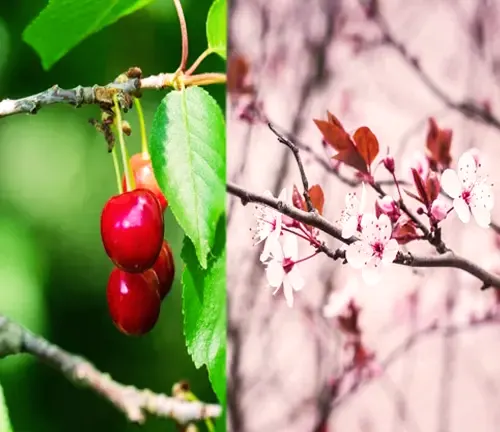
Edible or Not
While some species of cherry trees produce edible fruit, the Japanese Cherry Tree (Prunus serrulata) primarily produces small, bitter cherries that are not typically consumed. However, the tree’s cultural significance lies more in its ornamental value than its fruit production.
Habitat Requirements
Japanese Cherry Trees are native to Japan and Korea, where they are often found in mixed forests, along riverbanks, and in other natural landscapes. In cultivation, they thrive in well-drained soils and open, sunny locations.
Name of Origin
The Japanese Cherry Tree, or Sakura, is native to Japan and has been an integral part of Japanese culture for centuries. It is so deeply associated with Japan that it is often considered a national symbol.

Varieties
There are numerous cultivars of Japanese Cherry Trees, each with its unique flower color, size, and shape. Some popular varieties include Yoshino Cherry (Prunus x yedoensis), Kwanzan Cherry (Prunus serrulata ‘Kwanzan’), and Autumnalis Cherry (Prunus subhirtella ‘Autumnalis’).
Pruning
Pruning Japanese Cherry Trees is essential to maintain their shape and remove dead or diseased branches. Prune in late winter or early spring before new growth begins to avoid stress on the tree.
Propagating
Japanese Cherry Trees can be propagated through hardwood cuttings or by grafting onto rootstock. However, it’s worth noting that propagating from seed may result in variable flower color and quality.
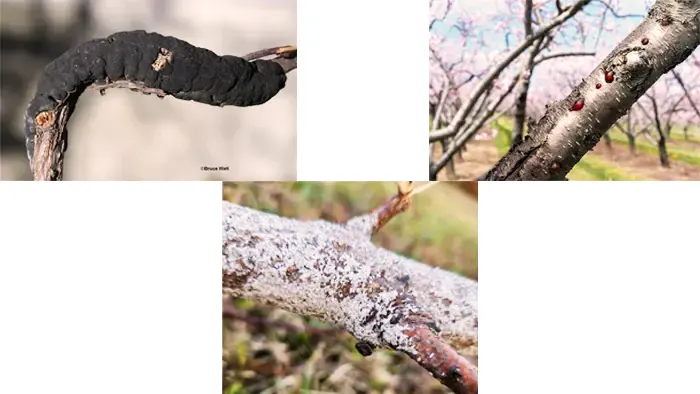
Common Pests & Diseases
Japanese Cherry Trees are susceptible to various pests and diseases, including aphids, scale insects, and fungal infections like brown rot and leaf spot. Regular inspection and appropriate treatments can help manage these issues.
Fun Facts
- The practice of “Hanami” in Japan involves picnicking under blooming cherry trees during the spring season, celebrating the beauty of the blossoms.
- Some Japanese Cherry Trees, like the Yoshino Cherry, are known for their stunning weeping growth habit, with cascading branches covered in delicate flowers.
- The cherry blossom is a symbol of fragility and the transient nature of life in Japanese culture. It’s a reminder to appreciate the beauty of the present moment.
FAQs
- Do Japanese Cherry Trees bear fruit?
Yes, they produce small, bitter cherries, but these are not typically consumed. - Are Japanese Cherry Trees suitable for small gardens?
Yes, many Japanese Cherry Tree varieties are compact and well-suited for small gardens. Be sure to choose a variety that fits your space. - Can Japanese Cherry Trees grow in containers?
Yes, you can grow certain dwarf varieties of Japanese Cherry Trees in containers, but they will require proper care and occasional root pruning. - Do Japanese Cherry Trees require a lot of maintenance?
They require moderate maintenance, including regular watering, pruning, and protection from pests and diseases. However, the beauty they bring to your landscape is well worth the effort.
In summary, the Japanese Cherry Tree, with its enchanting blossoms and cultural significance, stands as a symbol of beauty, transience, and renewal. Its delicate flowers, vibrant foliage, and enduring presence in gardens worldwide remind us to appreciate life’s fleeting moments and the ever-renewing wonder of nature. Whether for its ornamental allure or its deep-rooted cultural meaning, the Japanese Cherry Tree remains a cherished icon in the world of horticulture, inviting us to pause and marvel at the ephemeral beauty it bestows upon us each spring.


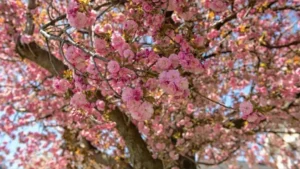
Leave your comment